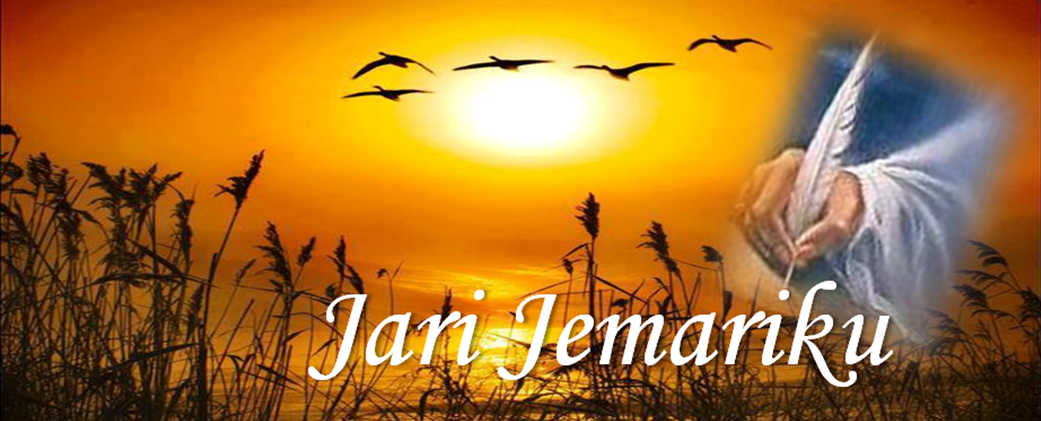Pagi ni selepas breakfast, kami check out dari Hotel Gold Yildrim yang kami stay selama 2 malam selama berada di Cappadocia ini. Kami harus check out awal pagi kerana perjalanan yang panjang, kira-kira 5 jam untuk sampai ke Ankara. Kami juga akan singgah ke beberapa tempat dalam perjalanan tu nanti yang pastinya akan mengambil banyak masa nanti.
Persinggahan kami yang pertama ialah Caravan Serai yang sepatutmya kami singgah dalam perjalanan sebelum kami hampir tiba ke hotel kami di Cappadocia, tapi disebabkan kami sampai ke kawasan itu dah lewat dan gelap, kawasan itu telah pun ditutup untuk pengunjung.
Caravan Serai adalah suatu tempat bagi pedagang-pedagang mereka berhenti untuk berehat selepas perjalanan yang panjang membawa barang dagangan, tapi cuma untuk semalam dua. Di tempat ini disediakan bilik rehat, restaurant serta tempat untuk tidur. Setiap mereka dibenarkan tinggal di sini tidak lebih dari 3 hari saja.
Di kawasan luar bangunan adalah tempat untuk meletakkan caravan serta kuda mereka. Pedagang ini akan merehatkan kuda mereka dan memberikan air minum untuknya. Di situ juga terdapat khemah serta kerusi.
CARAVANSERAIS (KERVANSARAYS) OF CAPPADOCIA
Caravanserais have been used since the 10th century. Trade across Turkey in medieval Seljuk times was dependent on camel trains (kervan, anglicized as caravan), which stopped by night in inns known as kervansaray or caravanserai , literally 'caravan palaces'. These buildings provided accommodation and other amenities for the merchants and stabling for their animals. Caravanseraies were first seen in Central Asia during the times of Caravans, Ghaznavids and the Great Seljuk State. They were building fortresses called "Ribat". These buildings, first constructed as small buildings for military uses were later developed and changed into larger buildings and were used for both religious purposes and as inns for travelers.
Especially during the times of Seljuk Sultans Kilicarslan II and Alaaddin Keykubat I, the construction of these buildings increased after the security of the trading roads was provided by the state. The loss of the trades would be met by the states, which is accepted to be the first insurance system. During that period, both domestic and foreign trades prospered. In this way, the Seljuks, who were already economically powerful, became politically strong, too.
In caravanserais, foreign as well as native traders, would be put up for three days. Their shoes would be repaired or the poor would be given new shoes. The ill would be treated and animals would be tended and, if needed horses would be shoed. For their religious practices, they would use the "Kosk Mescid", a small mosque, in the center of the courtyard. The "Kosk Mescid", usually located in the centre of the courtyard, was the most important part of the caravanserais. These mosques were normally built on an arched base.
The courtyards are normally surrounded with bedrooms, depots, bath house and bathrooms. "Mangals" (braziers) or "tandirs" (oven in the ground) were used to heat the places whereas candles and lamps were used for light. All services were provided by the people working in caravanserais; e.g., doctor, imam (prayer leader), depot officer, veterinarian, messenger, blacksmith, and cook. Stones cut from the volcanic rock were used in the construction of the caravanserais in the region of Cappadocia. For defense purposes, their walls were constructed like castle walls. Some of the best examples of Seljuk stonemasonry can be seen at the entrances, called "Tac Kapi". Although dragon, lion motifs and floral designs most frequently used, in Cappadocia geometrical designs were generally preferred. The doors were made of iron.
Caravanserais were built along roads running from Antalya - Konya - Kayseri to the land of Turkomans passing through Erzurum and Tabriz and from the Black Sea region to Iraq via Amasya - Tokat - Sivas - Malatya - Diyarbakir at a distance of 30-40km, a one day camel trek.
It is possible to see some of the most beautiful examples of caravanserais in the region of Cappadocia, especially between Aksaray and Kayseri, since it is an intersection, east to west and south to north; Sultanhani in Aksaray, Agzikarahan in Aksaray and Sarihan in Avanos. The kervansarays of Cappadocia in central Turkey were built of hewn volcanic stone, and their walls were thick and high so that they would be safe from raids by robbers. Decoration was concentrated on the great portals which display the finest examples of Seljuk stone carving.
Ini ialah driver bas kami, Mr.Murad
--> [Next] <--

































No comments:
Post a Comment